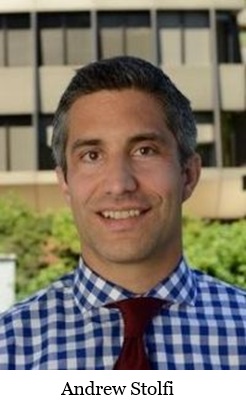Seeking committee members to develop administrative rules
The Oregon Legislature passed
Senate Bill 889 (2019 Laws) and
House Bill 2081 (2021 Laws) establishing the Sustainable Health Care Cost Growth Target Program within the Oregon Health Authority (OHA) that would apply to insurance companies, hospitals and health care providers, so that health care costs do not outpace wages or the state’s economy.
In 2022, Oregon voters were convinced to make healthcare a human right. The
Ballot Measure 111 was and remains to be controversial over increasing payroll and personal income taxes to implement “socialized medicine.” Now the Oregon government website admits to what voters were warned about. “The cost of health care in Oregon has grown and is projected to grow faster than both the state economy and Oregonians’ wages.”
Under Oregon’s proposed plan, every person who lives in Oregon, as well as many of those who work in the state but live elsewhere, would be eligible for comprehensive healthcare coverage without having to make a contribution to the cost of care, at the time of treatment regardless of pre-existing conditions. Patients may also choose any state certified practitioner or specialist without going through a primary care provider.
At the time of voting, it was about providing healthcare for 423,000 Oregonians lacking health insurance of which 70,000 were children. This was after a survey in 2017 indicated many of the uninsured were eligible for the Oregon Health Plan (OHP). Twenty-one percent choose not to enroll over concerns about quality of care. Currently, about 243,000 remain uninsured. If 80 percent of those who lack health coverage made use of OHP or the subsidies available through the marketplace, the number of Oregonians who are uninsured would drop to 34,000. That would boost Oregon’s health coverage rate to 99 percent (excluding adults ineligible due to undocumented immigration status). “The survey reveals positive progress, but more work is needed to address issues like the number of people who are underinsured,” said Andrew Stolfi, insurance commissioner.
OHA continues to rely on data from the 2017 survey to determine gaps in coverage and impact on the Oregon’s health system reforms. If the state hasn’t progressed since 2017, was Measure 111 fairly presented as transparent information. If OHA has made an effort to reduce uninsured to one percent, what point is there for Oregonians to be swept into a universal socialized plan that appears to be unpopular.
OHA is to identify opportunities to reduce waste and inefficiency, resulting in better care at a lower cost. The health care cost growth target is a target for the annual per capita rate of growth of total health care spending in the state. Cost increases of health insurance companies and health care provider organizations will be compared to the growth target each year. The program evaluates and annually reports on cost increases and drivers of health care costs. In 2023,
HB 2045 already started to break down what constitutes
reasonable factors by specifying that a provider [organization] shall not be accountable for cost growth resulting from total compensation provided to frontline workers.
A D V E R T I S E M E N T

A D V E R T I S E M E N T
OHA adopted a
statistical testing method used to assess health insurers and provider organizations against the health care cost growth target of 3.4 percent. How reasonable is the “
reasonableness” process when conversations and data are selective and goals are not obtainable, which may be why the controversy continues over funding. On a per person per year basis, total health care expenditures increased 3.5% between
2020-2021. This points towards controlled utilization since cost growth for the commercial market was 12.1%, compared to 6.5% for Medicare and -2.1% for Medicaid. The plan is reported to increase premiums by $4,800 a year for a lower-middle class family. As reference, in 2021 total health care spending in Oregon totaled $31.07 billion dollars.
Timelines and Rulemaking have been rescheduled, and after consideration of macro-economic factors including inflation and labor
market trends the
Performance Improvement Plans (accountability) was delayed for one year.
OHA is taking applications for a Rules Advisory Committee (RAC) for the Sustainable Health Care Cost Growth Target Program starting in January 2024. They are extending an opportunity to be a RAC member to develop administrative rules that govern the program. A
flyer outlines the time commitment and meeting goals. RAC Member
Application Form can be downloaded and submit it to HealthCare.CostTarget@oha.oregon.gov by December 29, 2023.
--Donna Bleiler| Post Date: 2023-12-04 10:10:21 | Last Update: 2023-12-04 01:09:19 |







